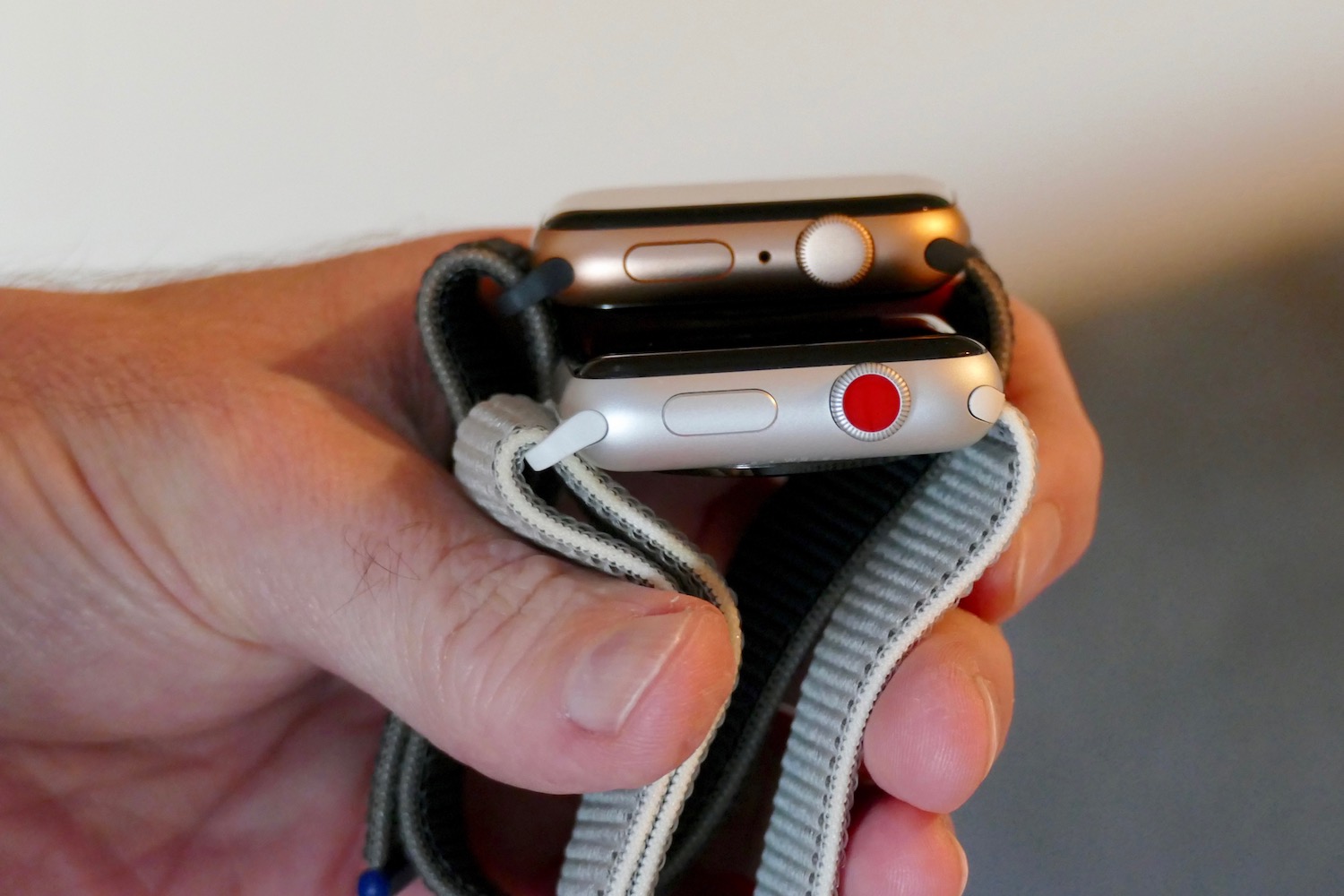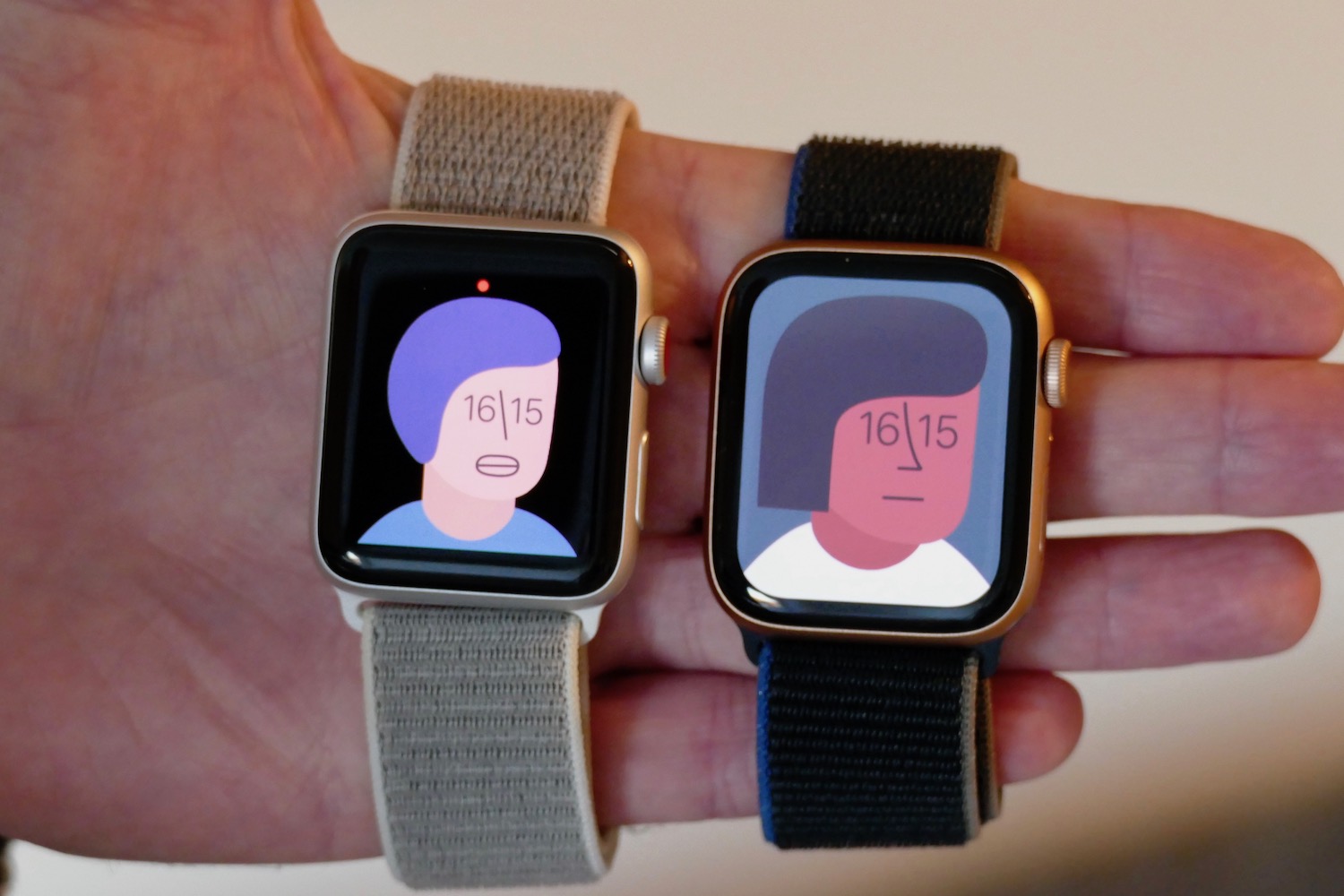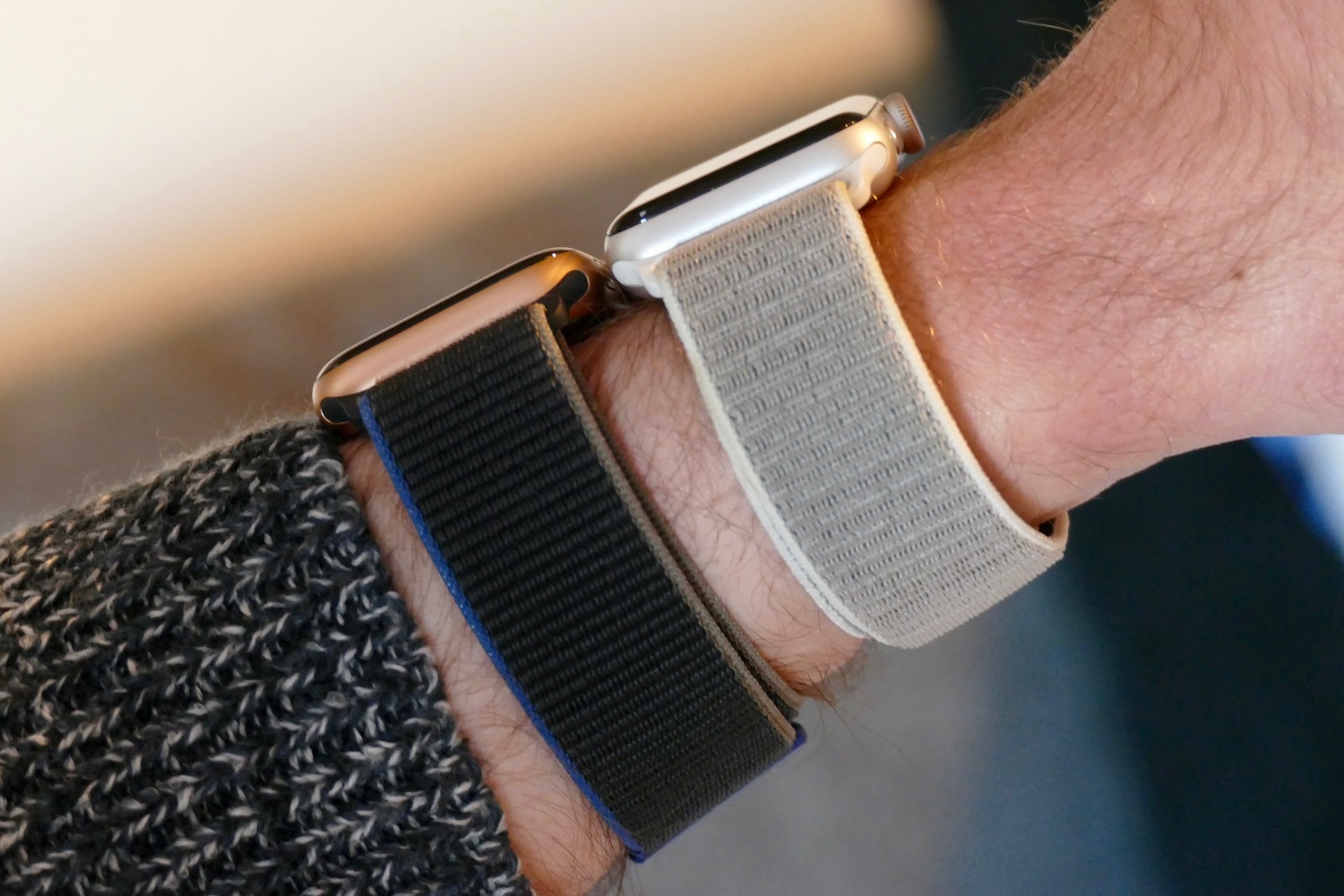The Apple Watch Series 6 and Apple Watch SE, while new, aren’t the only Apple Watch models on sale. Apple also sells the Apple Watch Series 3 through its online store, for the SE-beating price of $200. Originally released in 2017, it’s very much a product from a different smartwatch generation, but despite this, could the Series 3 the hidden smartwatch bargain of the year?
After wearing the Series 6 and SE one after the other for about a month, and then comparing the two directly to see which one is best, I swapped to the Series 3 for a long weekend to find out if it’s also one to consider this year.
A different time
The Series 3 really highlights how Apple’s smartwatch tech has moved forward over the past few years, but also how right it had the formula over three years ago. It was made when Apple gave the option of a 38mm and a 42mm watch body, rather than the 40mm and 44mm body it does today, but there’s not a big difference between wearing them.

Apple designed the Apple Watch well, so it doesn’t dig into your wrist. The case back — made of a composite material on the Series 3, rather than ceramic and sapphire on the SE and Series 6 — doesn’t get sweaty, and the Digital Crown makes interacting with the menus easy. Every Apple Watch strap ever made fits, regardless of the model, so you can easily change the look — perhaps upgrading to a brand new Sport Loop. The haptic engine provides subtle, noticeable prods to alert you of different situations, but there are fewer taps throughout the software on the Series 3 compared to the SE. The Series 3 is still a very nice watch to wear.
The overall dimensions between the models are quite similar, although the Series 3 is ever-so-slightly thicker than the SE, but it’s the screen where things really differ. The 42mm Series 3 has a 312 x 390 resolution screen, while the 44mm SE has a 368 x 448 resolution, and you do notice. The sharpness and detail are far greater on the SE, and the bezel is much smaller too, making it look more modern and more watch-like. The Series 3 doesn’t have an always-on screen, just like the SE, so to see the time you have to raise your wrist and wake the screen.

Is this a big deal? If you are considering upgrading a Series 3 or Series 4 Apple Watch, the always-on screen on the Series 6 is one of the biggest draws. It adds a whole new look to the Apple Watch. The screen is equally as pleasurable to look at on the SE, provided you don’t mind the lack of always-on screen, but the Series 3’s substantial bezel and the lack of sharpness age it quite badly. The mini screen looks a little more toy-like alongside the SE and gives you less space to move your finger around the screen too.
Apple put the S3 processor inside the Series 3 watch, new for the device on release, and it is paired to the W2 wireless chip. which means it doesn’t support Bluetooth 5. Performance is quite different. The SE has the S5 chip powering it, the same as the Apple Watch Series 5, and is snappy and fluid. You notice more jerkiness, longer pauses, and less speed using the Series 3 today.

I wondered if the older chip would affect the battery life, and if the W2 chip would be less power-efficient as it doesn’t support Bluetooth 5, however, with careful use the Series 3’s battery still lasted two days for me, with a couple of indoor workouts tracked, and turning it off overnight. It’s perhaps not quite as long-lasting as the SE, but it still beats many smartwatches that run Google’s Wear OS.
Time to be healthy
Neither the SE nor the Series 3 have the blood oxygen monitoring or the ECG from the Series 6, and it’s a first-generation heart rate sensor on the back, compared to the second-generation on the newer watches. That’s the kind of tech you have to pay more for. Otherwise, the Series 3 provides an almost-identical basic workout experience, using the same Activity Ring system to track daily goals, and Apple’s clear and concise Health app to store data.

Slightly slower software aside, it did the job very well, and I didn’t wish I was wearing one of the other versions instead. If you’re looking at some of the more expensive Fitbit trackers, own an iPhone, and aren’t looking for highly focused or in-depth workout tracking, the Series 3 is an interesting alternative.

Why? Because everything else it does is so much better than other competing smartwatches and fitness bands. It delivers all my notifications, most of which I can interact with without going to my phone, it controls my music, shows me the weather, runs apps without a problem, and is useful for navigation too. Even though the Series 3 came out in 2017, it’s a much more cohesive package with the iPhone than any other non-Apple smartwatch.
Overlooked bargain?
The Apple Watch Series 3 is a bit of a hidden gem. Some may look at the SE or Series 6 and dismiss ownership of an Apple Watch as too expensive, when perhaps they really don’t need everything these two more expensive watches offer. The Series 3 may be old, but it’s still highly usable, and the reasonable price means it’s accessible, so it can help more people experience what a really good smartwatch is like to own.
Should you get one instead of an SE? No, the benefits of the larger screen are worth spending the extra on the SE, even before considering the additional power and various other spec improvements. The Series 3 shouldn’t be looked at as an alternative to the SE or Series 6, it should be seen as an alternative to fitness-focused wearables from Fitbit and Garmin, or to cheaper Wear OS watches from brands like Mobvoi. Particularly because outside of Apple’s own store, the Series 3 can sometimes be found for even less than $200.
Me? I’ll be putting the Apple Watch Series 6 back on for the cool blue case, and the always-on screen. But if my situation was different and I had to stick with the Apple Watch Series 3, I wouldn’t be sad.






